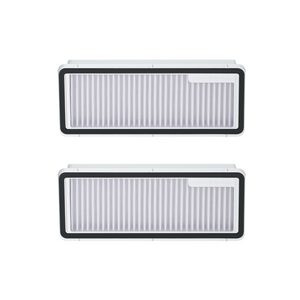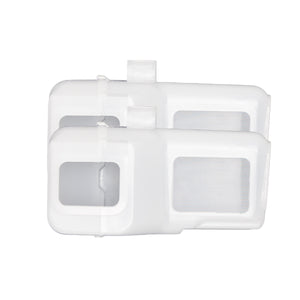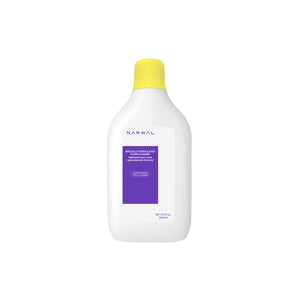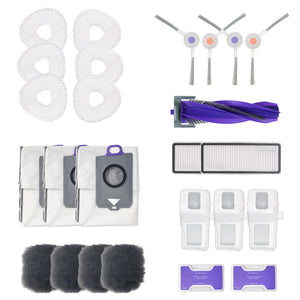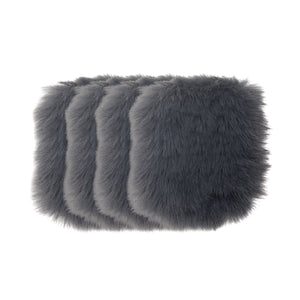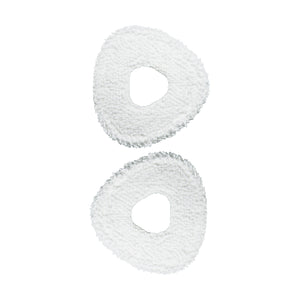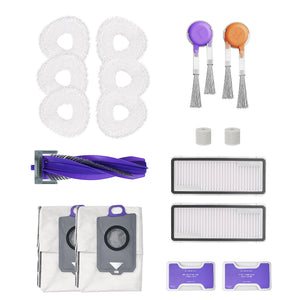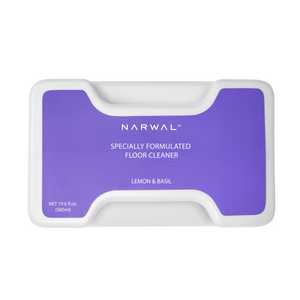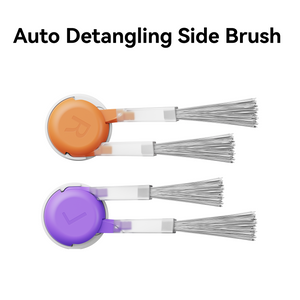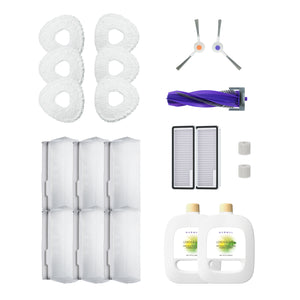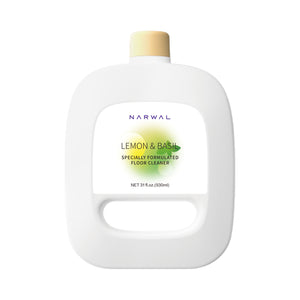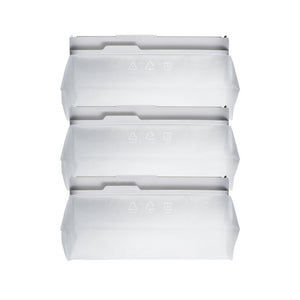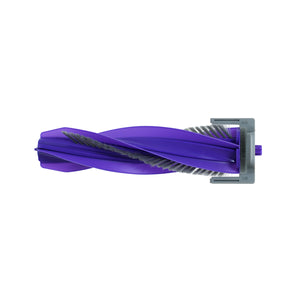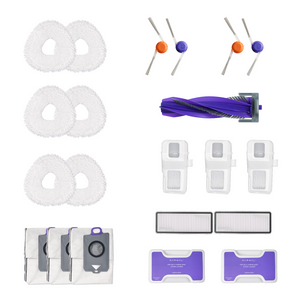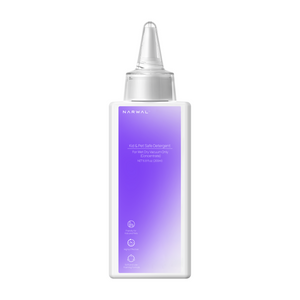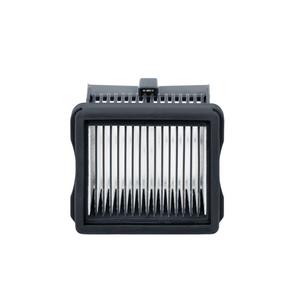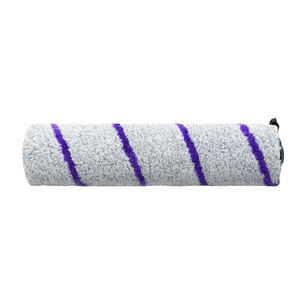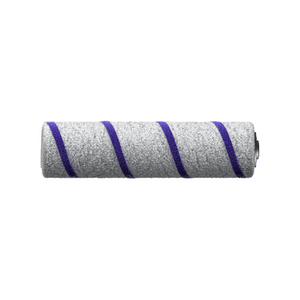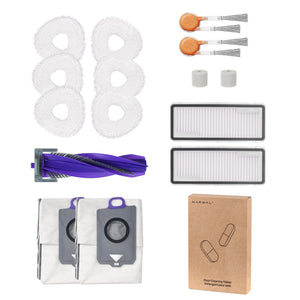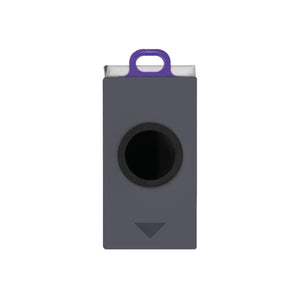To clean baseboards effectively, start by removing loose dust, wipe down surface stains, tackle any scuff marks, and finish by drying the area to prevent residue. It’s a simple process, but one that’s often skipped until grime builds up.
This guide explains how to prepare the right tools, how to clean baseboards step by step, maintain them regularly, and reduce the need for frequent deep cleaning. You’ll also learn how often to clean baseboards and how to maintain it for long-term cleaning.
Prepare Tools for Cleaning Baseboards
To clean baseboards effectively, you need three types of tools: one for dusting, one for wiping away surface stains, and one for removing stubborn marks.
Dust builds up quickly, stains can settle over time, and scuff marks need extra attention. Preparing the proper tools before you start helps you clean faster and more thoroughly.
Tools for Dusting
- Microfiber cloth
- Electrostatic duster
- Vacuum cleaner with brush attachment
- Handheld broom
- Soft paint brush
- Dryer sheet
Tools for Cleaning Stains
- Damp sponge or cloth
- Swiffer with microfiber padSwiffer
- Cleaning wipes
- Mild dish soap (e.g., Dawn)
- Vinegar-water solution
- Terry cloth rag
- Spray bottle
Tools for Removing Stubborn Stains
- Magic Eraser or Melamine sponge
- Cotton swabs
- Old toothbrush
- Baking soda paste
What is the Best Thing to Clean Baseboards With?
The best thing to clean baseboards with is a microfiber cloth and mild soapy water. This combo is effective, safe on paint, and easy to use. For scuff marks, use a Magic Eraser. For corners, try a cotton swab or toothbrush.
If you want to avoid constant dusting, consider using a robot vacuum that can sweep the baseboard, like the Narwal Freo Z Ultra.It also removes floor-level dust regularly so you don’t have to worry about whether to vacuum or clean baseboards first.

How to Clean Baseboards?
Cleaning baseboards involves four steps: vacuuming loose dust, wiping off surface grime, removing stubborn marks, and drying for a clean finish.
-
Step 1 – Vacuum the Baseboards
Start by removing all loose dust and debris. Use a vacuum with a brush attachment to run along the top edge and bottom line of the baseboard. This works well for most surfaces and helps pull dust out of grooves and corners.
If a vacuum isn’t available, use a microfiber cloth, a soft paint brush, or a handheld broom to sweep off the dust. These tools are especially useful for delicate trim or narrow spaces where vacuums might miss.
Make sure to clean behind furniture and along hard-to-reach edges. The cleaner the surface now, the easier the next steps will be.
-
Step 2 – Wiping the Baseboards
Once the dust is gone, wipe the baseboards to remove surface stains and built-up grime. A damp cloth with a small amount of dish soap is enough for most situations. Work in small sections to keep control and avoid streaks.
If you prefer something quicker, cleaning wipes or a cloth wrapped around a Swiffer head can help cover more area without bending. For corners or detailed trim, use a thinner cloth that fits into grooves more easily.
Avoid using too much water. A soaked cloth can damage painted or wooden baseboards, especially near the floor. Wring out your cloth well and dry any drips as you go.
-
Step 3 – Removing Stubborn Stains and Scratches
For marks that wiping can’t remove, target specific spots with more focused tools. Magic Erasers are effective on scuffs and dark streaks. If the area is painted, test a small section first to avoid dulling the finish.
Baking soda mixed with a little water makes a gentle scrub for sticky spots or buildup. Use a soft brush or old toothbrush to work into grooves without damaging the surface.
For tight corners, cotton swabs help reach areas larger tools can’t access. Always avoid harsh scrubbing tools that could scratch the paint or wood. Focus on stain removal without harming the baseboard’s surface.
-
Step 4 – Drying and Polishing the Baseboards
After cleaning, dry the baseboards right away to prevent water spots or damage, especially on wood or painted surfaces. Use a soft towel or microfiber cloth to absorb any moisture left behind.
To finish, buff the surface lightly. This helps remove streaks and gives a clean, smooth look. For those who want to reduce future dust, a quick wipe with a dryer sheet can help repel particles and pet hair.
This step may seem minor, but it keeps baseboards looking clean longer and reduces the need for frequent deep cleaning.

How to Clean Baseboards Without Bending Over?
Use tools with long handles like an extendable duster, mop, or a cloth wrapped around a broomstick. These let you wipe baseboards while standing, reducing strain on your knees and back.
You can also try a lightweight stool with wheels to move along the wall without kneeling. For quick dusting, a Swiffer with a flexible head works well for reaching lower edges.
How to Clean Baseboards Without Removing Paint?
Avoid harsh scrubbers and use soft materials like microfiber cloths and non-abrasive sponges. Stick to mild cleaners such as diluted dish soap or vinegar and water. Always test on a small area first if you’re unsure about the surface.
Scrub gently, especially on older or chipped paint. Avoid soaking the baseboard, as moisture can weaken paint adhesion.
How to Clean Baseboards Easier?
Clean baseboards regularly with simple tools like microfiber cloths, gentle cleaners, and a vacuum to prevent buildup. Use dryer sheets after cleaning to reduce dust settling.
For an even easier routine, consider a robot vacuum like the Narwal Freo Z Ultra. It helps manage dust along the edges daily, so deep cleaning the baseboards becomes quicker and less frequent.
How Often to Clean Baseboards?
Wipe baseboards every 1 to 2 months for general upkeep, and dust them weekly if you have pets or high foot traffic.
Regular dusting prevents buildup and makes deep cleaning easier. In low-traffic areas, cleaning every 3 months may be enough. Adjust based on how quickly dirt and hair collect in your home.
Maintenance for Cleaning Baseboards
- After cleaning, wipe baseboards with a dryer sheet or use an anti-static cloth to help repel dust and pet hair. This simple step keeps surfaces cleaner for longer.
- In homes with kids, pets, or high-traffic areas, check baseboards more often and clean as needed. These spots collect dirt faster and may need extra attention between regular cleanings.
- To reduce dust buildup, keep floors clean and avoid wearing outdoor shoes indoors. Placing doormats at entrances also helps limit debris.
- If baseboards are hard to maintain, consider repainting them with a durable, easy-to-clean finish like semi-gloss or satin. These surfaces resist stains and wipe clean with less effort.

Keep Baseboards Clean with Less Effort
Clean baseboards may seem like a small detail, but they make a noticeable difference in how fresh and well-kept a space feels. With the right approach, maintaining them doesn't have to be time-consuming or difficult.
The key is consistency, simple tools, and a method that fits your routine.
Smart cleaning habits combined with quiet, automatic help can make upkeep feel effortless. When the most repetitive work is handled in the background, it's easier to focus on the things you actually want to do. That’s the kind of peace a product like Narwal quietly supports.






















